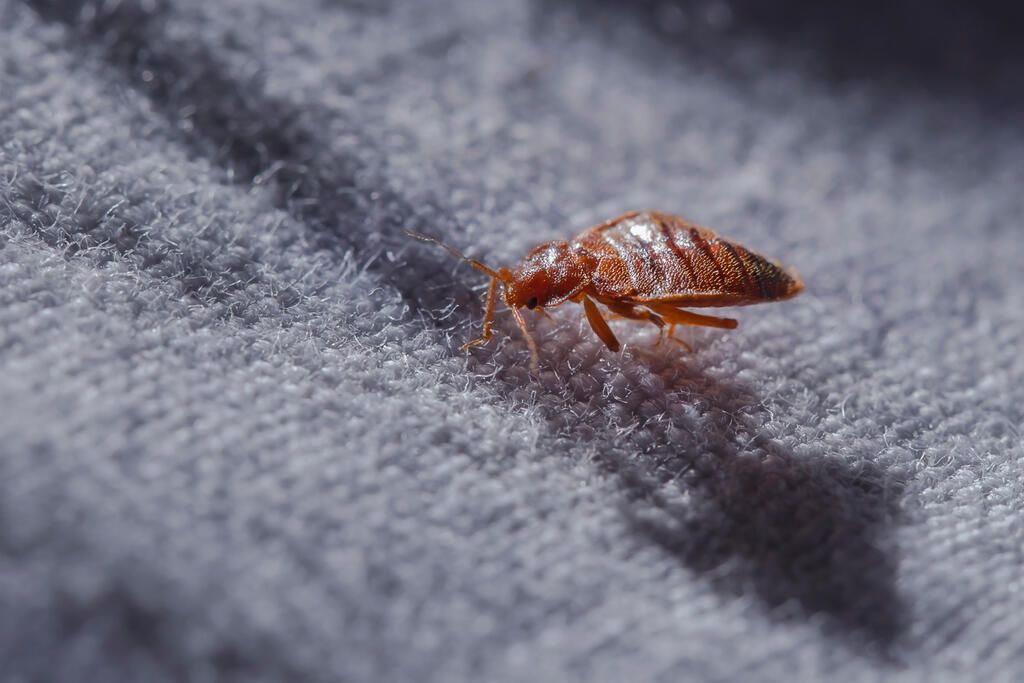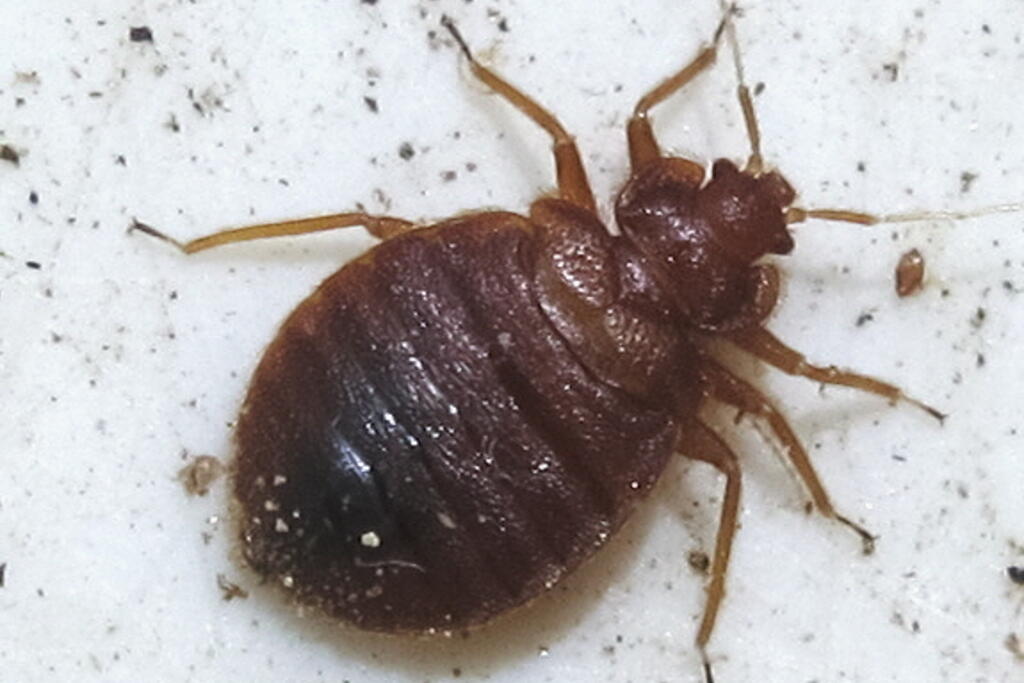
Bedbugs are one of the best known vermin in apartments. Bedbugs do not spread diseases, but they use human blood as nutrition, and you may get an itchy bump in the bite area. Bedbugs spread easily, which is why it is important to identify and prevent them quickly.
Finland has had its own bedbug population for a long time, but travelling has increased the problem as bedbugs spread from one place to another in suitcases. However, it is possible to prevent spreading bedbugs as souvenirs.
Store your luggage carefully
Travellers can prevent the spread of bedbugs by packing only the necessary items and clothing that can be washed in 60 °C. Check your hotel room, and particularly the bed and its bottom, for bedbugs as soon as you arrive. Store your belongings in a wardrobe or your suitcase. If possible, store your suitcase above floor level.
“If you find bedbugs in the room or dark spots, i.e. bedbug excrement, on the bottom of the bed, notify the hotel reception immediately,” says Environmental Inspector Hanna Vatanen from the City of Helsinki.
As you return home, you can prevent bedbugs by freezing your belongings in -15°C or putting them in a 60°C sauna. However, independent prevention is just a precaution in a situation in which bedbugs have not been observed – it does not replace pest control carried out by a professional.
Identifying bedbugs
An adult bedbug is flat, oval-shaped and brown. The larvae stage of the common bedbug is quite similar to the adult insect, but they are smaller and lighter in colour. The size varies from 2 to 8 mm, depending on their stage of development. Blood is necessary for each stage. After they have sucked blood, the insect’s colour turns reddish brown.
Bedbugs are usually active at night. During the daytime, they hide in the cracks of furniture, behind paintings, in the seams of mattresses or, for example, in the frame of a spring mattress. They leave dark spots of excrement on the lower surfaces of beds and bed legs, as well as bloody spots on the sheets.
Act quickly
If you suspect that you have found a bedbug after you arrive home, place it in a tight container for identification. Immediately contact your property manager, who should call a pest control professional. Bedbugs are quick to spread from one apartment to another, which is why prevention must start soon. It is impossible to get rid of bedbugs by yourself – always leave it to the professionals.
More information about bedbugs and other uninvited guests is available on the Indoor pests website.
The news article was originally published 12th February '24 and it has been updated with a new title and photos on 4th June 2024.
